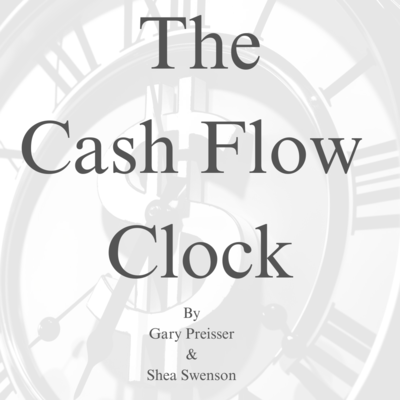The Cash Flow Clock: For Retirees - Book - Page 46

The Cash Flow Clock
our beneficiaries tax free. If our investments lose value, we can sell them,
take a tax deductible loss, and reinvest in something better. This is known as
tax loss harvesting.
But this is not an option for most investors. The point of having assets is to
use them. This makes non-qualified assets tricky. Assets that are relied on
for short-term income and emergency funds should be in Lazy investments.
This is especially true for younger investors who cannot access their
qualified accounts if they need to.
The Cash Flow Clock will help us to determine when/if we will need to
liquidate non-qualified assets for income. If we do, we need a plan to
liquidate when it is most tax efficient. If not, then we can afford to take pure
risk to get the highest growth so that our estate can take advantage of the
tax-free step up in cost basis.
Tax deferred assets are taxed when they are withdrawn. There is no step up
on cost basis when we die. Someone is going to pay tax on these assets.
The only question is when. When taxes are paid determines how much tax
is paid.
Because there is no way to get out of the taxation on tax deferred accounts,
these assets should be the first used in retirement, especially if we expect tax
rates to increase in the future. Since our time horizon on tax deferred
investments is shorter, the amount of risk that we take should be less. This
helps us in other ways. Less risk leads to less return, at least over time. We
want all of our assets to grow as much as possible. But we want the least
amount of portfolio growth in the accounts that incur the highest taxation.
By taking less risk in the tax deferred bucket, our overall portfolio is more
risk efficient as well as more tax efficient.
Roth accounts grow tax free, can be accessed tax free, can be passed to
beneficiaries tax free, and can continue to grow tax free up to ten years after
they are inherited. They are the best way to pass on assets as part of an
estate. Accordingly, they should be the last money we spend.
Because our time horizon for Roth assets is the longest of our portfolio, our
risk in these investments should be the highest simply because we have
enough time to endure downturns in the market. This does not mean we
should invest Roth assets in the highest risk we can find. It means that
42